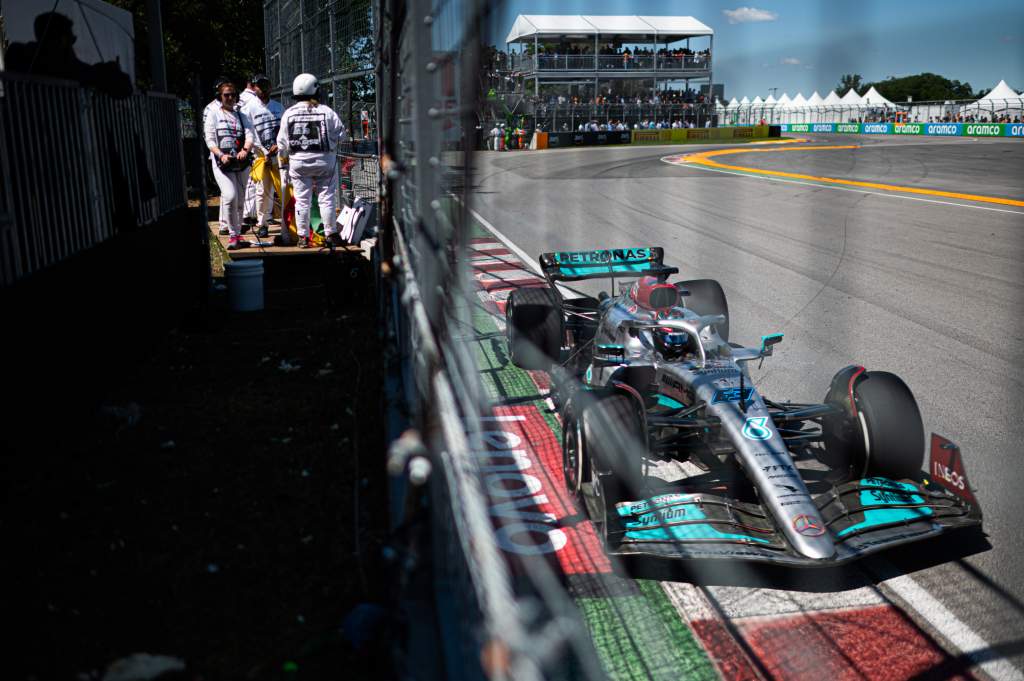Up Next

Mercedes hosted the penultimate launch of the 2023 Formula 1 pre-season on Wednesday, when it unveiled the W14 – the car it hopes will make it a consistent threat again at the sharp end after a 2022 season in which it was firmly third best.
In this article, first published in January, Scott Mitchell-Malm explains the areas in which the new Mercedes will need to be a step better than its W13 predecessor if it’s to deliver on that hope.
Whether it looks radically different or not, the 2023 Mercedes needs to be a significant improvement on its predecessor for the team to fight for Formula 1 titles again.
The W13 was not a tremendous failure. It still won a race, still scored a pole, racked up 17 podium finishes and fought for second in the constructors’ championship.
But there were several reasons Lewis Hamilton was very keen to not have to drive the car again and Mercedes spent the second half of 2022 knowing that it would have to wait until 2023 to iron out the baked-in problems of its package.
As George Russell said on the eve of the Abu Dhabi finale, having won in Brazil just a week earlier: “There’s a lot [to improve].
“The overall characteristics of the car aren’t too dissimilar to what we faced at the start of the year. There’s still a lot of improvements we need to make.
“That’s why it gives us quite a lot of confidence, knowing that there’s still a lot of things we need to iron out.”
Mercedes put a huge amount of work into understanding why it misjudged the new rules in 2022 and getting to the core of its problems – peeling back the onion layer by layer, as various team personnel often said, and improving the tools it had at its disposal to address the underlying issues.
If that has worked as Mercedes hopes, these are the main areas where the 2023 package should perform better.
RIDE QUALITY
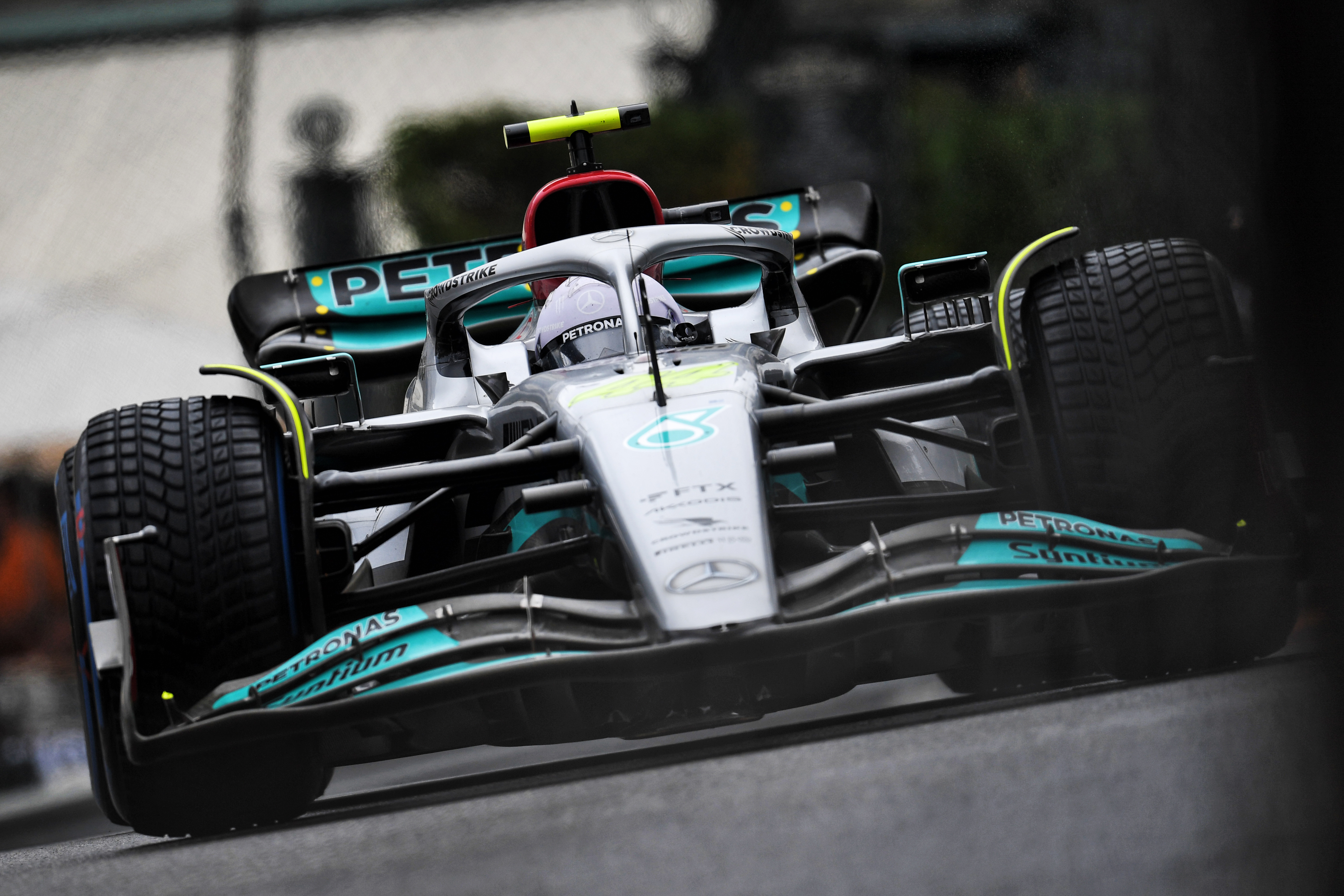
Once Mercedes was able to contain the worst of the porpoising phenomenon in the first quarter of the season, other weaknesses were rapidly exposed.
Back-to-back races on street tracks in Monaco and Azerbaijan were ruthless in highlighting its mechanical deficiencies.
The porpoising was exaggerated by the stiffness of the car. For a more detailed run-through of this issue, it is worth reading Edd Straw’s technical review of the W13. But what you need to know about where the W14 needs to be better basically comes down to ‘being able to run it lower’.
The W13 had to run higher than ideal because of the mix of whatever aerodynamic stalls the car was suffering from at its intended ride height, and the stiffness that meant bouncing against the track surface was so aggressive.
Mercedes, therefore, had to increase the ride height at certain tracks. But there was a limit to how much this could be increased because the suspension could only travel so far.
It was also just a sticking plaster because increased ride height comes with other drawbacks – the car doesn’t produce as much downforce but it has more drag.
If the W14 has better overall ride quality, and the aerodynamic bouncing remains contained, then it will run lower than the W13 did and its performance will be better.
Basically, it just needs to be run in a condition that’s achievable in the real world.
FLOOR STIFFNESS
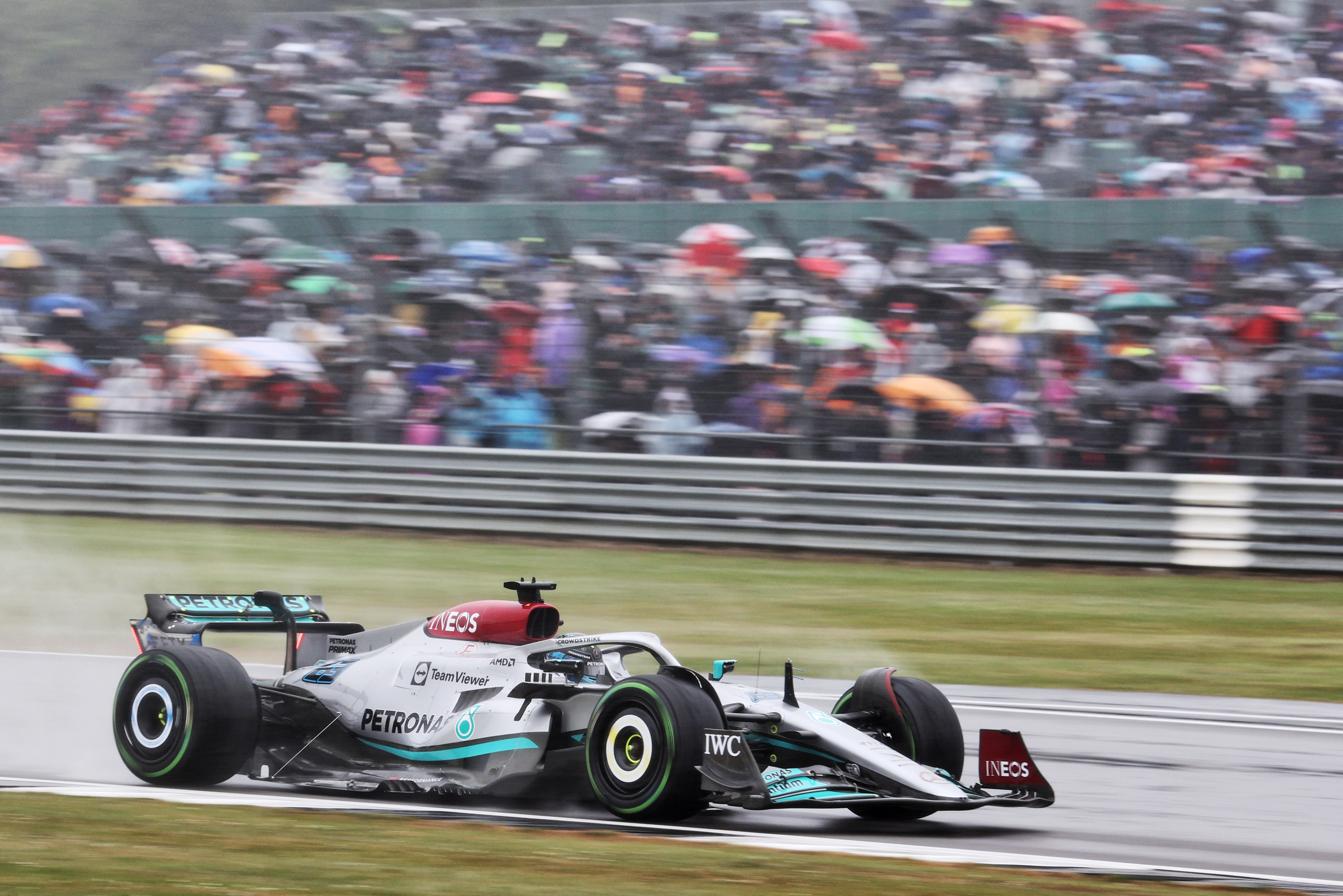
Mercedes is probably going to persevere with its narrow sidepod design on the W14 because it stressed several times last year that it was not the root of the W13’s problems.
However, one specific problem it caused was related to the stiffness of the floor.
“The difficulty of what we’ve done with the narrow sidepod means you’ve got a big cantilevered floor, and managing that, and managing the stiffness of that is a challenge,” said Elliott in July last year.
Essentially, with more of the floor edge exposed, maintaining rigidity is tough. And with the ground-effect rules, a floor that’s less stiff will amplify any porpoising.
This was a bigger concern for Mercedes in the first half of the year, and it was able to stiffen the floor last year but that came with added weight.
So, striking a better balance will be important on the 2023 car.
DRAG
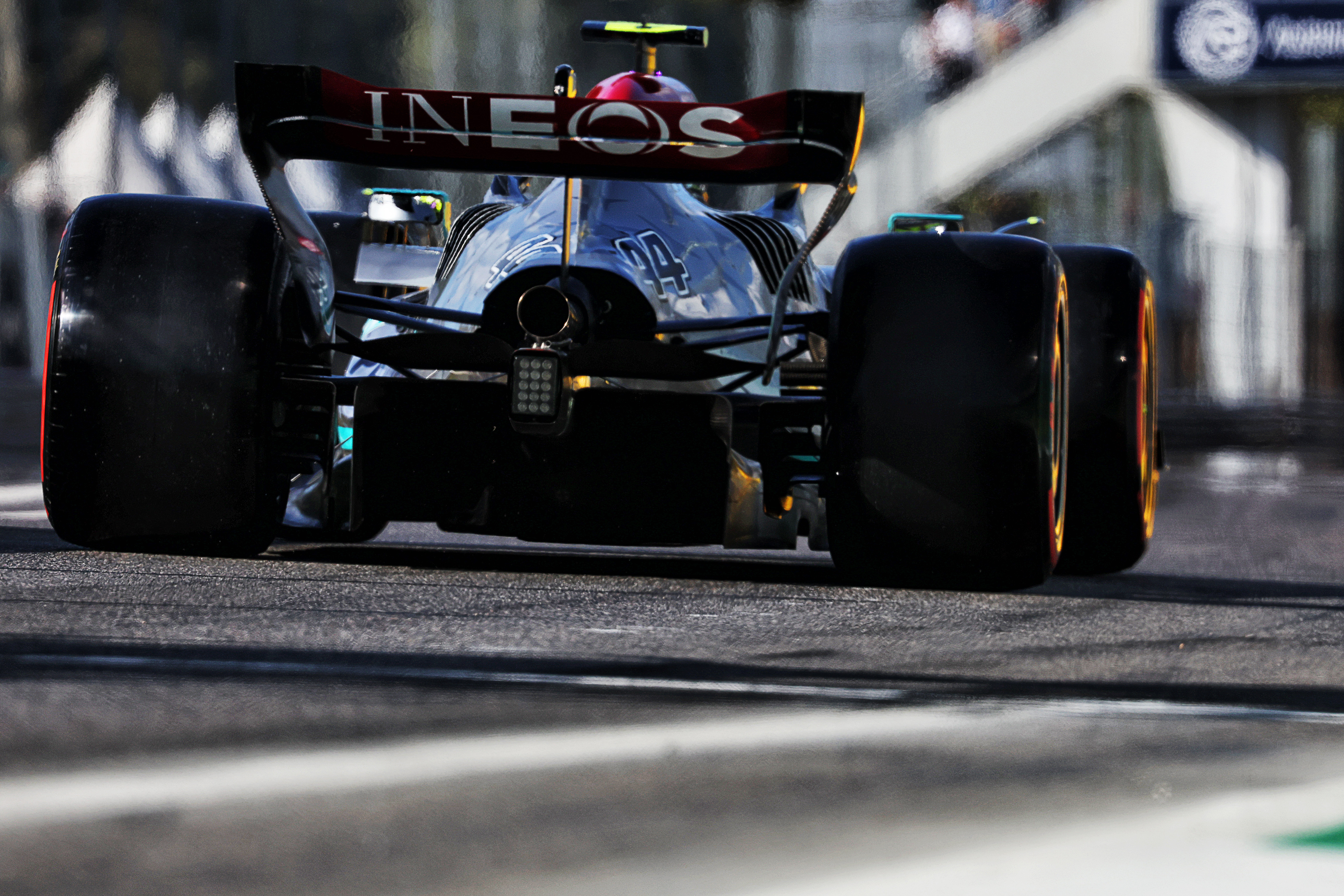
Mercedes suffered from too much drag throughout 2022. In fact, Hamilton put it at “number two, or equal number one” on the things Mercedes needs to fix for its new car.
This was most likely caused by the compromises Mercedes had to make to deal with its core problems – raising the ride height to avoid bouncing, and then picking a bigger rear wing than it would have ideally used to give it the downforce that the increased ride height sacrificed.
Elliott suggested that in Mexico, where drag was less of a penalty and the cars were all running maximum downforce, Mercedes was as competitive as any team, with the exception of the particularly low-drag Red Bull.
While there may have an element of the car not being as aerodynamically efficient as it could be, solving the other issues should naturally bring Mercedes a good amount of drag reduction.
Whatever the root cause, it must be addressed. Toto Wolff reckoned in the worst cases it cost Mercedes six tenths on the straights. And Russell simply said of the drag issue: “It’s clear where we need to improve for next year if we want to have a car that’s stronger over the course of a season.”
WEIGHT
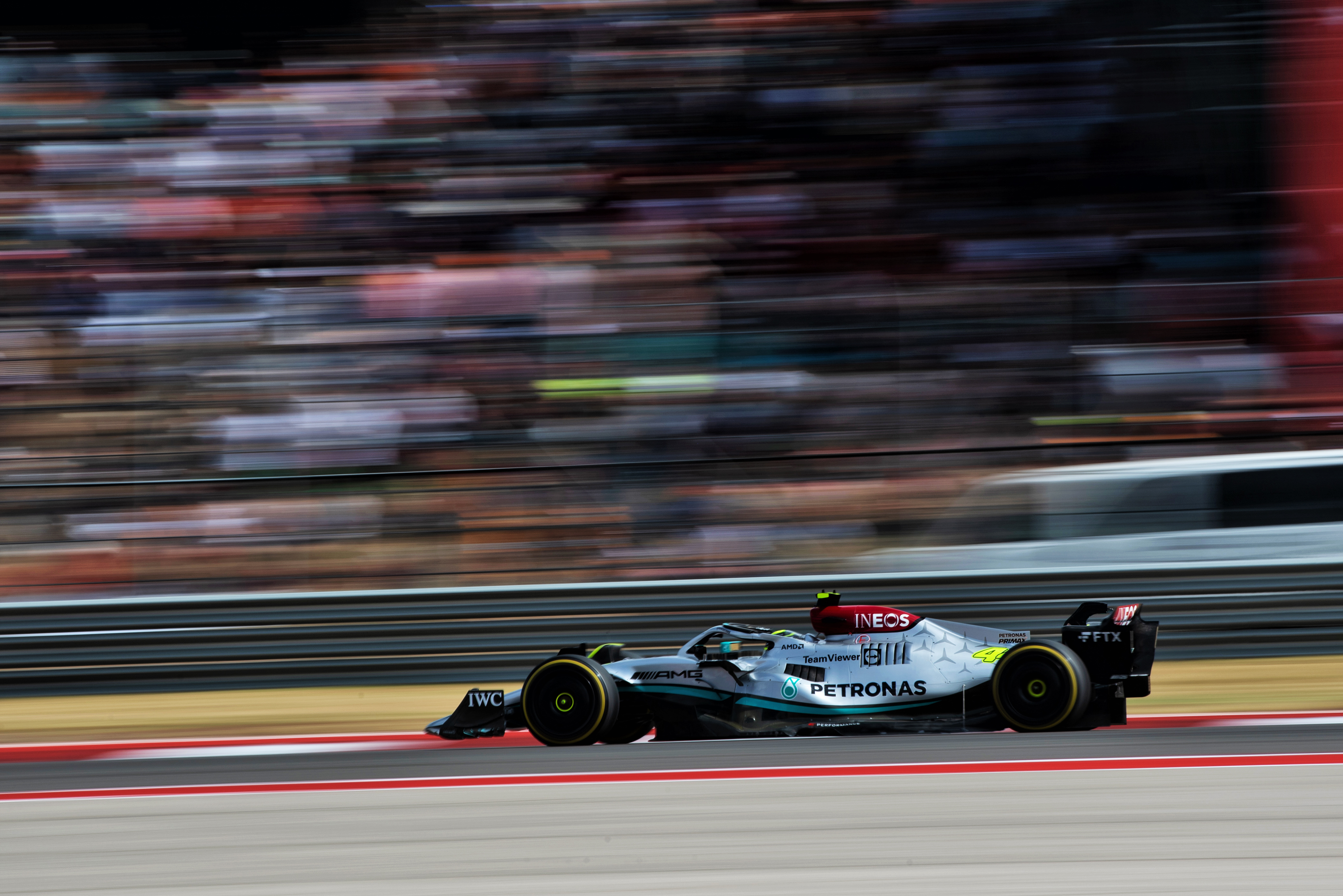
Like almost every team on the grid, Mercedes battled to get its car close to the weight limit in 2022, a combination of just how heavy the cars are in general and specific issues like having such a big area of exposed floor that it had to be heavier to resist the flexing.
With the cliched ’10 kilos is worth three tenths’ in mind, weight reduction is easy laptime if you can achieve it. So, Mercedes could have prioritised it in-season.
But Mercedes had bigger development items to pursue, especially in the first half of the season, so in Elliott’s words, “didn’t really go after the weight”.
Although there were some opportunities to make gains with update packages later in the year. It was always going to be more of a winter focus.
Mercedes would not disclose the weight of the W13 by the end of the season but the W14 needs to be on or as close to the limit as possible this year – a task complicated slightly by the fact the limit actually reduces by 2kg.
THE BRAKES
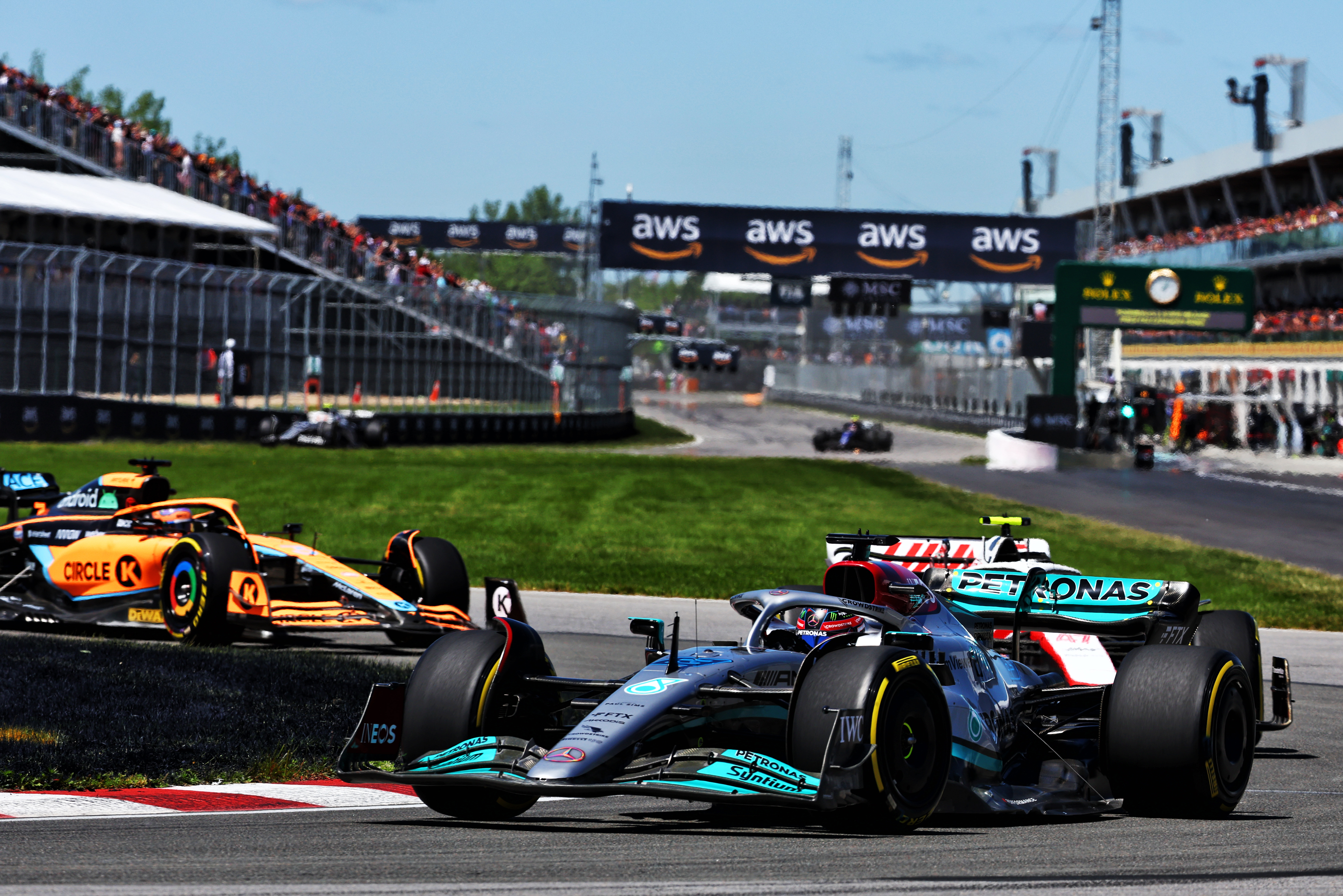
There are other items that Mercedes could do with improving from 2022, although these are lower priorities.
One that you may be less familiar with is what drivers often refer to as brake separation or a split in the brakes. This is when there is a temperature imbalance between the brakes on the right and left, and it was an issue Hamilton talked about frequently in 2022.
It tends to cause lock-ups on outlaps but can be got under control by working the brakes. However, while that can be managed preparing for a qualifying run, that’s not much good fresh out of the pits in a race, or after a safety car.
“We’ve had problems with our brakes all year,” said Hamilton in the USA, where Mercedes had to make some changes to the brakes on the grid after it happened on his reconnaissance laps.
“When you hit the brake, instead of both fronts doing the same amount of work, either the left one does more, or the right one does more, because one gains more temperature.
“It’s something we’ve seen a lot through the year with these new bigger drums. And so something we’re working on fixing.”
THE ENGINE

We have also heard Mercedes talk a little bit about the engine deficit it felt it had in 2022, which was worked on through the year but will undoubtedly be an area of focus over the winter.
Though Mercedes no longer seemed to be the benchmark, the actual deficit was maybe a tenth or so. Even though the engine specifications are frozen in terms of performance updates, it is still possible to eke a bit more out of the power units through software tweaks and reliability improvements that allow the engines to be run harder.
Mercedes High Performance Powertrains boss Hywel Thomas hinted at the end of last year that the work undertaken through 2022 would have longer-term benefits: “What’s becoming clearer and clearer as we have gone through that is the link between the power unit and the chassis is that you can’t develop them separately, especially if you want to get the performance from it. From this development of non-hardware and the PU, you have to match the PU even more beautifully to the chassis.
“That I would say, especially the second half of the season, is where some of the gains have been coming and that’s a great thing for the future as well.”
AN ALL-ROUND GAIN
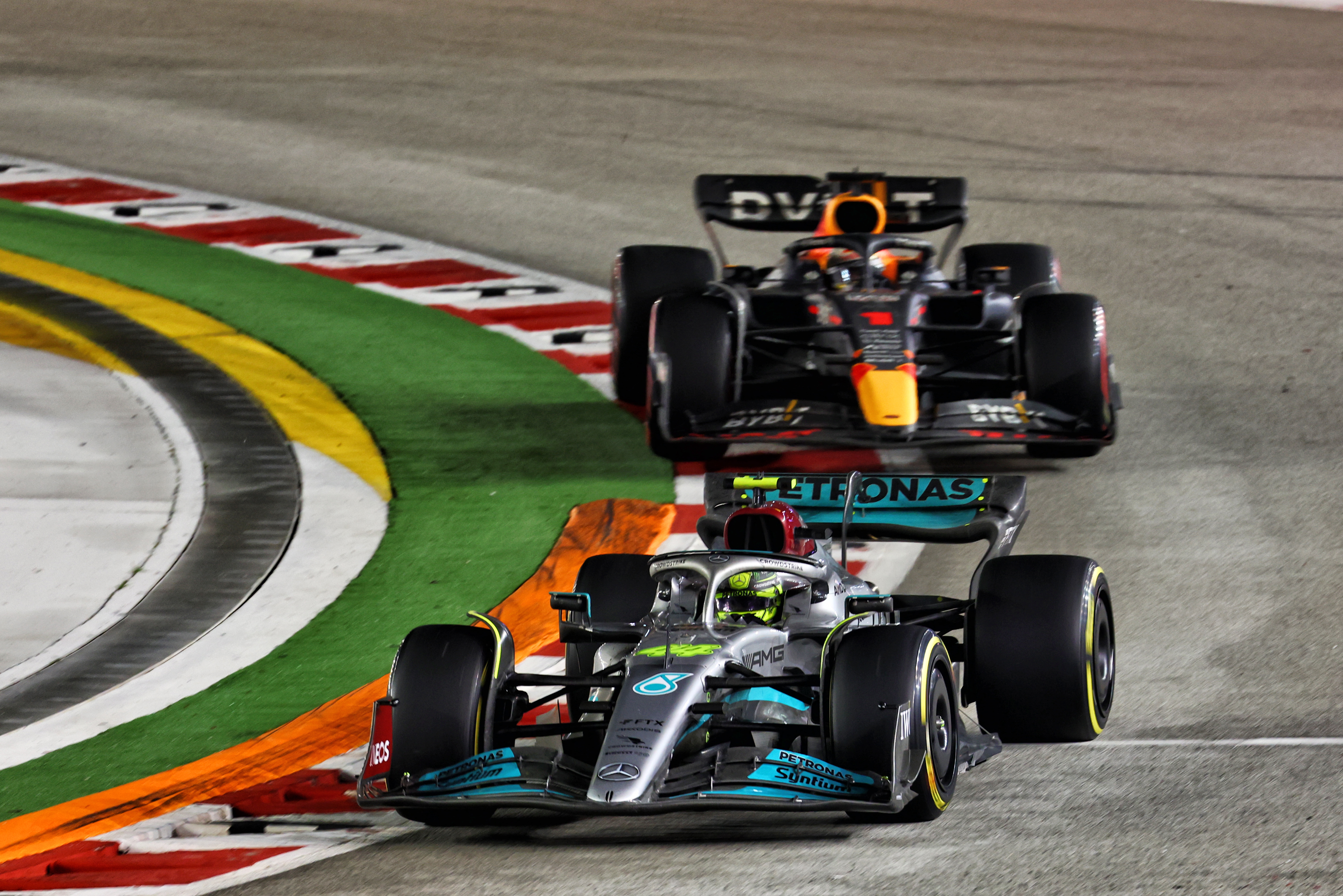
A final area worth flagging potentially brings us full circle. There was a trend through the season of the Mercedes sometimes struggling with tyre warm-up in qualifying. This had the benefit of making Mercedes strong in race stints, though.
Elliot suggested that the underlying car concept (no, not the sidepods) exaggerated its issues over a single lap. So, there is reason to believe this would improve with a better-balanced car in general, because there’ll be a wider window for everything to work as it should.
This is probably all Mercedes will focus on in this regard, because it is not minded to give up race performance for qualifying performance. But as Elliott said: “We’ve got a sort of menu of things we want to do over the winter that will help both.”


